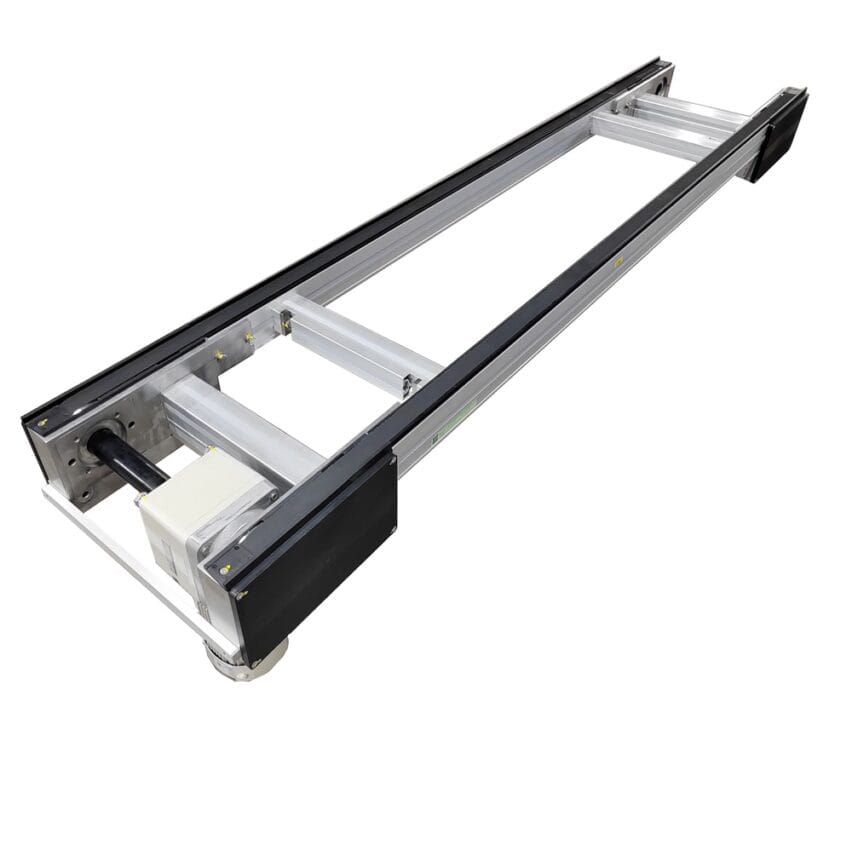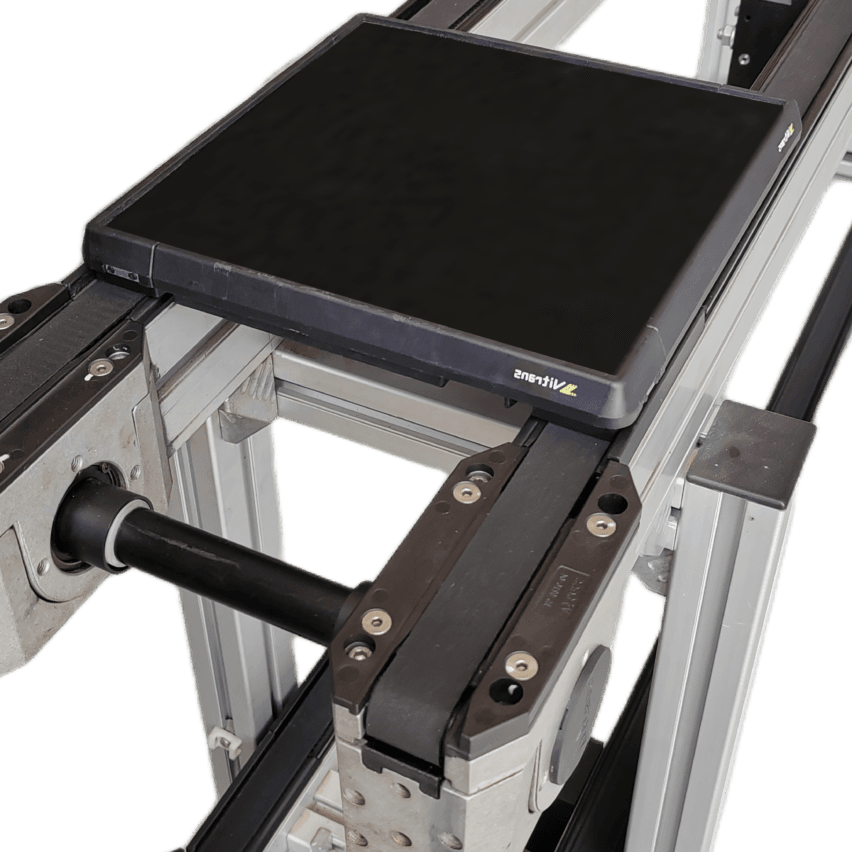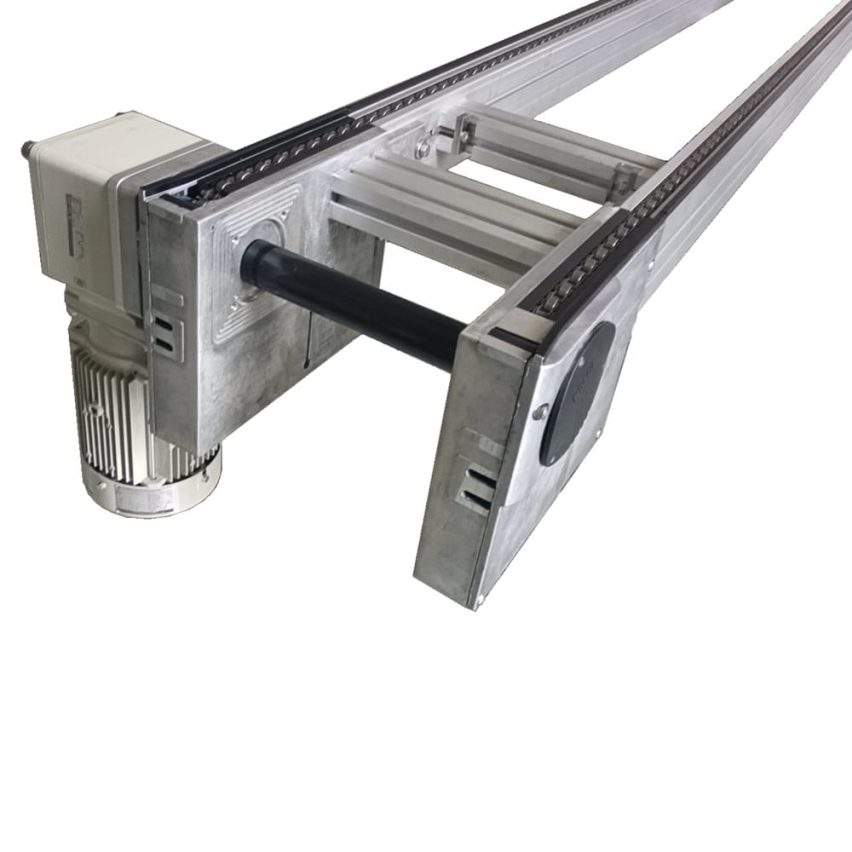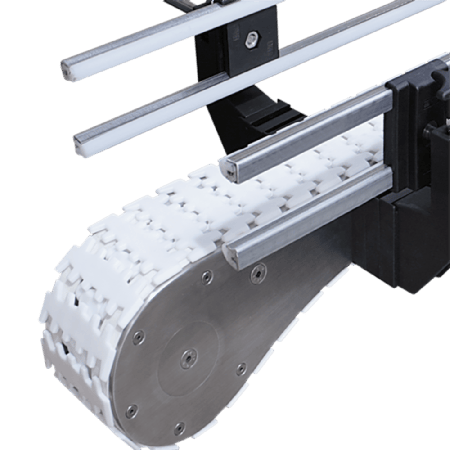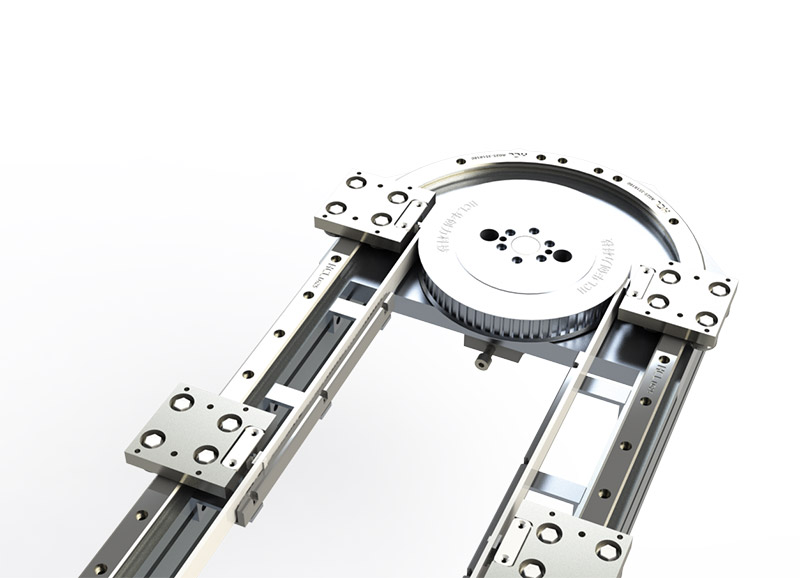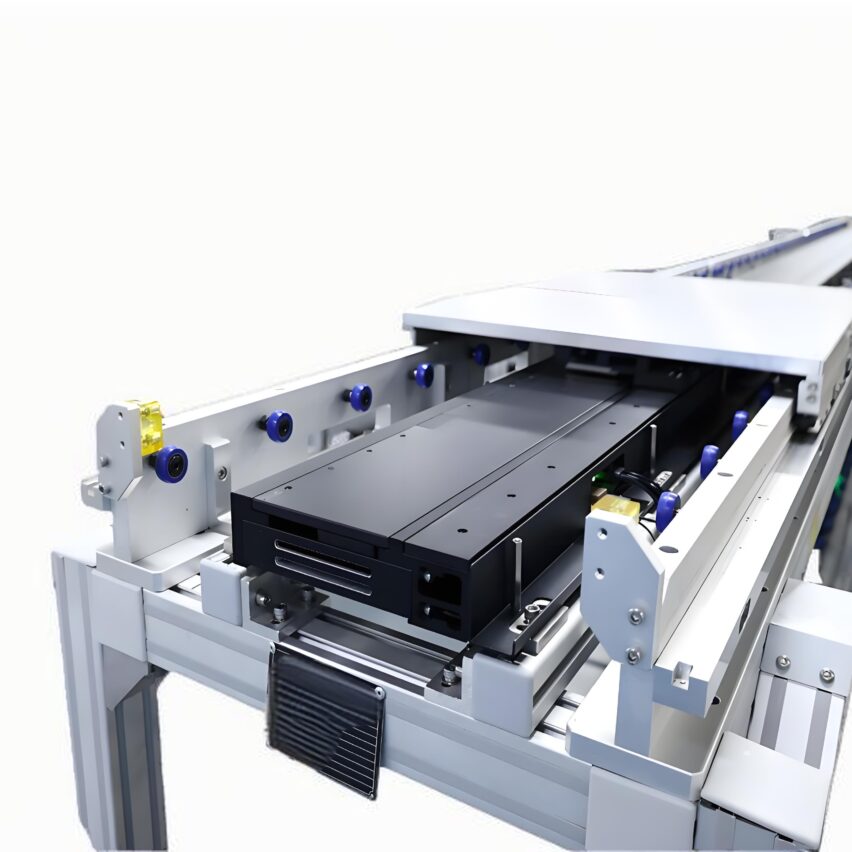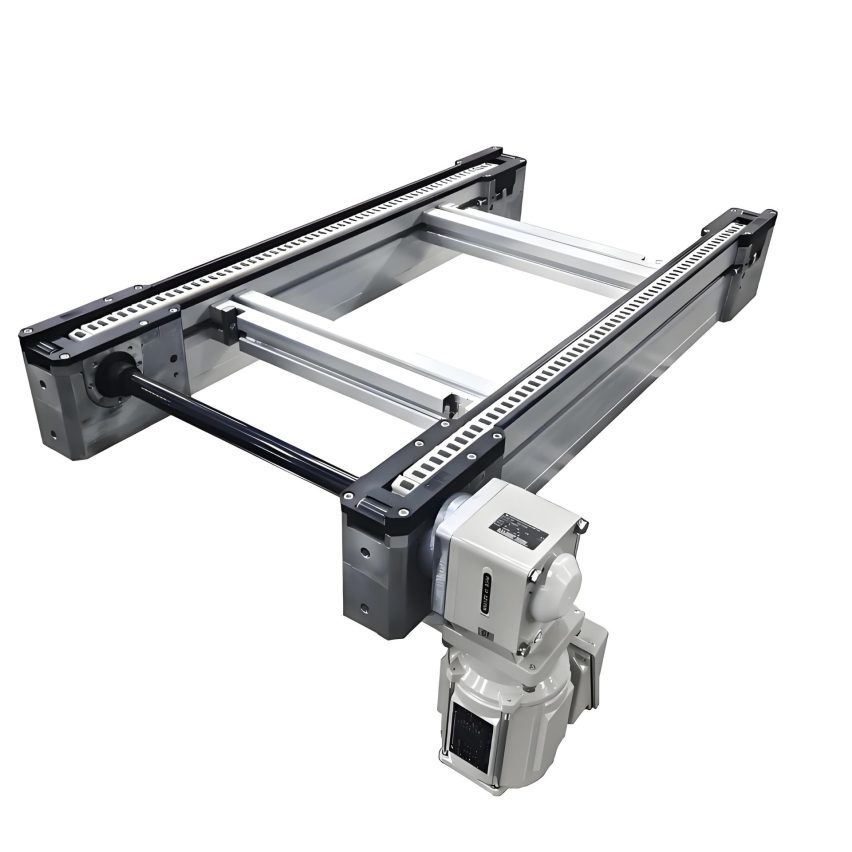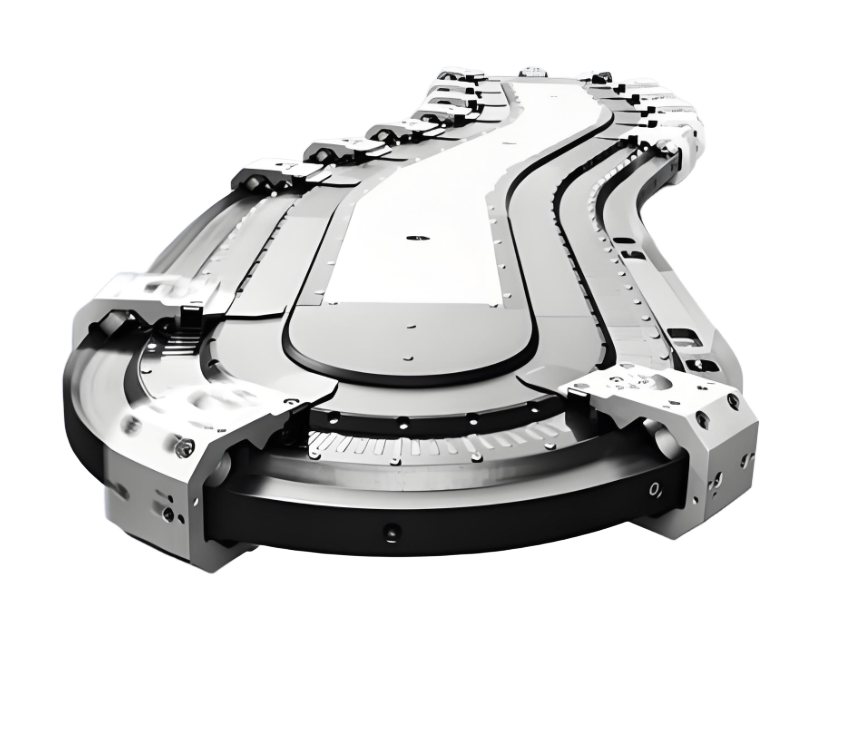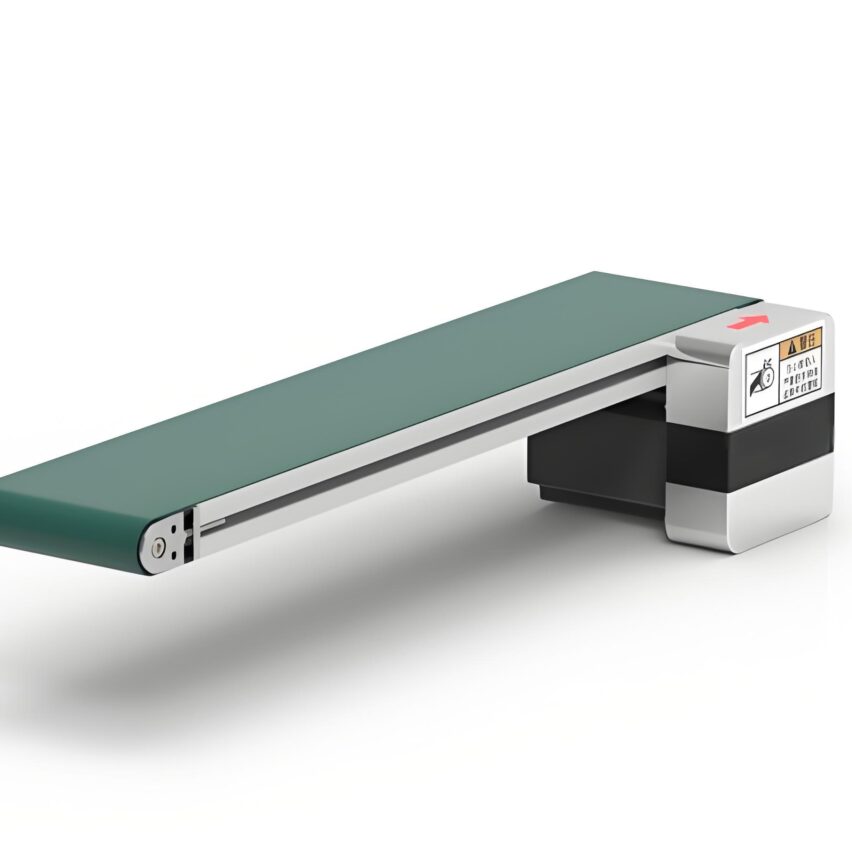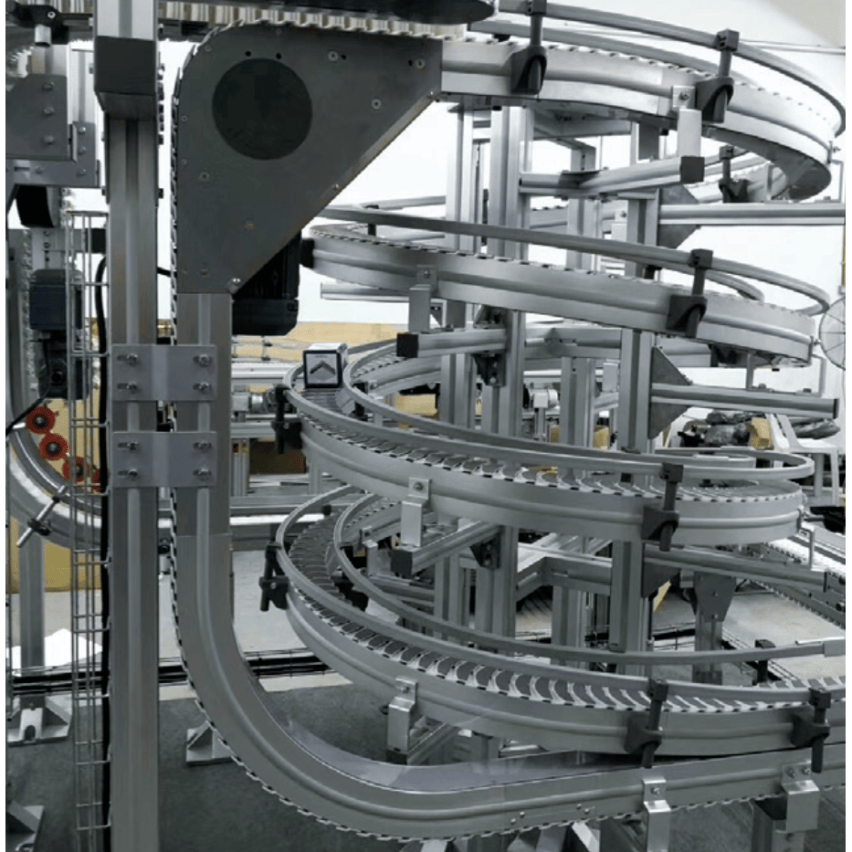The multiplier chain conveyor line in the factory suddenly jammed, and the whole production line followed to a halt ......
Have you ever thought that the problem might beWrong choice of drive system.What are the three main drive methods? Today we will break open the crumbs to talk about: motor, hydraulic, pneumatic three drive mode, in the end how to choose not to step on the pit!
🔧 I. The "Three Musketeers" of the drive system, what are their skills?
Did you know that the drive system is like the "heart" of the speed multiplier chain? The drive system is like the "heart" of the speed chain, choose the wrong one, the light is the efficiency of the discount, or every day to repair the equipment. First look at a table to feel the difference between them:
| comparison term | motor drive | hydraulically driven | pneumatic drive |
|---|---|---|---|
| Applicable loads | Medium to high load | Overloading | light load |
| control accuracy | ★★★★★ (high) | ★★★☆☆☆ (Medium) | ★★☆☆☆☆ (Low) |
| energy efficiency | ★★★★☆ (higher) | ★★☆☆☆☆ (lower) | ★★★☆☆☆ (Medium) |
| maintenance cost | ★★☆☆☆☆ (lower) | ★★★★☆ (higher) | ★★☆☆☆☆ (Low) |
| responsiveness | ★★★★☆ (fast) | ★★★☆☆☆ (Medium) | ★★★★★ (very fast) |
(Source: Comparison of common working conditions in the industry)
1️⃣Motor-driven: The "top student" of the assembly line
- vantage::
- Precise control: With a frequency converter, the speed can be as fast as you want it to be, and as slow as you want it to be, and the assembly of mobile phone parts in electronic factories all depend on it.
- Stable and power-saving: Continuous operation for 8 hours without heating, electricity costs than the hydraulic system to save more than 30%.
- drawbacks::
- Expensive!A motor drive with inverter starts at twice the price of pneumatic.
- be afraid of heat and tremors: Workshop temperature over 50 ℃? Hurry up to add cooling fan, otherwise the motor will strike in minutes.
for whom: Electronics assembly, packaging lines, etc., where "steady as a dog" is required.
2️⃣Hydraulic drive: the "hard-core option" for Hercules
- vantage::
- boundless in strength: Carrying a car engine? Piece of cake! Single-point load-bearing easily exceeds 1 tonne.
- resistant to break-in and handling: Sudden chain jam? Hydraulic oil is automatically relieved, the equipment is not damaged.
- drawbacks::
- Oil Leak Warning: Oil leakage when the seal is aging, half a day's downtime for maintenance, and environmental pollution.
- electric tiger: Running a hydraulic pump for a long time? Electricity bills can make your flesh hurt.
for whom: Heavy industrial workshops, such as car factories handling engines.
3️⃣Pneumatic drive: a nimble little steel gun
- vantage::
- lightning fast: 10 starts and stops in 1 second? No problem! A godsend for sorting courier parcels.
- cheap and cleanA pneumatic system can be done for thousands of dollars, and food factories don't have to be afraid of contamination when they use it.
- drawbacks::
- small strength: Moving a box over 20kg? I can't move it at all.
- If the air supply is unstable, the car will turn over.: When the air compressor fails, the whole line goes straight down.
for whom: Light load + high frequency start/stop scenarios such as food and pharmaceuticals.
📍 Second, the right person! Who should you pick for your scene?
soul searching:."What do I really need for my production line?"Remember these 3 key words:
✅overloaded scenario(e.g. car parts) →Hydraulic or high power motors
✅Lightweight and high speed(e.g. mobile phone cases) →pneumatic drive
✅frequent starting and stopping(e.g. assembly lines) →Variable frequency motors
give me a chestnut🌰:
- a car factory: With 3x speed chain + hydraulic drive, the engine delivery is steady as a rock.
- A mobile phone factory: Pneumatic system for sorting parts, handling 120 per minute at a fraction of the cost.
⚙️ iii. A must see for newbies! Figure out the load calculations and save $100,000 in repairs!
Lessons in blood: There are manufacturers who don't bother to count the loads, and as a result, the motors burn every day, and the repairs are more expensive than new equipment!
Don't be afraid of the formula, it's really just three steps::
-
Calculate load torque::
make a copy of
Motor power (kW) = Total load (kg) × Speed (m/s) ÷ 6120 ÷ Efficiency factor (0.8~0.9)give me a chestnut: To move 200kg of goods at a speed of 0.25m/s (i.e. 15m/min), select at least a 0.2kW motor.
-
leave a safety margin: Calculated power x 1.5 times to prevent sudden additions from being pulled.
-
Don't go too fast.::
- Electronic wire: 0.5~1m/s
- Heavy industry: 0.3~0.6m/s
Too fast? Double the chain wear!
🛠️ IV. A guide to avoiding the pitfalls! Old drivers have planted the heel
-
Pit 1: Ignoring environmental assassins
- High temperature workshop >50°C?High temperature resistant grease must be used! Plain grease melts into a puddle.
- Damp food factory?Stainless steel chain + PTFE coatingOtherwise rust contaminates the line.
-
Pit 2: Greedy for cheapness and suffer big losses
- Hydraulics save the relief valve? Overloaded for 30k a repair!Never save money on safety devices..
-
Pit 3: Maintenance? Doesn't exist!
- Pneumatic linesMonthly drainageOtherwise water vapour is sprayed in the cylinders;
- Motor BearingsQuarterly greasingOtherwise the noise is comparable to a tractor.
💡 V. Personal view: future trends are quietly changing ......
After ten years in automation, I have found twonew changes::
- Electric motors are "ruling the roost".: Inverters have come down in price, servo motors are so accurate that they can play with micro-sculptures, and even car factories are starting to switch to motor drives.
- Modular design is king: Motor + Reducer + Sprocketprefabricated, assembled like Lego, the installation time was reduced from 3 days to 3 hours.
So, yeah.--
Pneumatic for light loads, hydraulic for heavy loads.In the long run, however, the "omnipotence" of the motor-drive is becoming more and more attractive!
If you choose the right drive system, the chain is productive; if you choose the wrong one, it's a "money crusher". It's a "money crusher". I hope this guide will help you to save money and effort!

